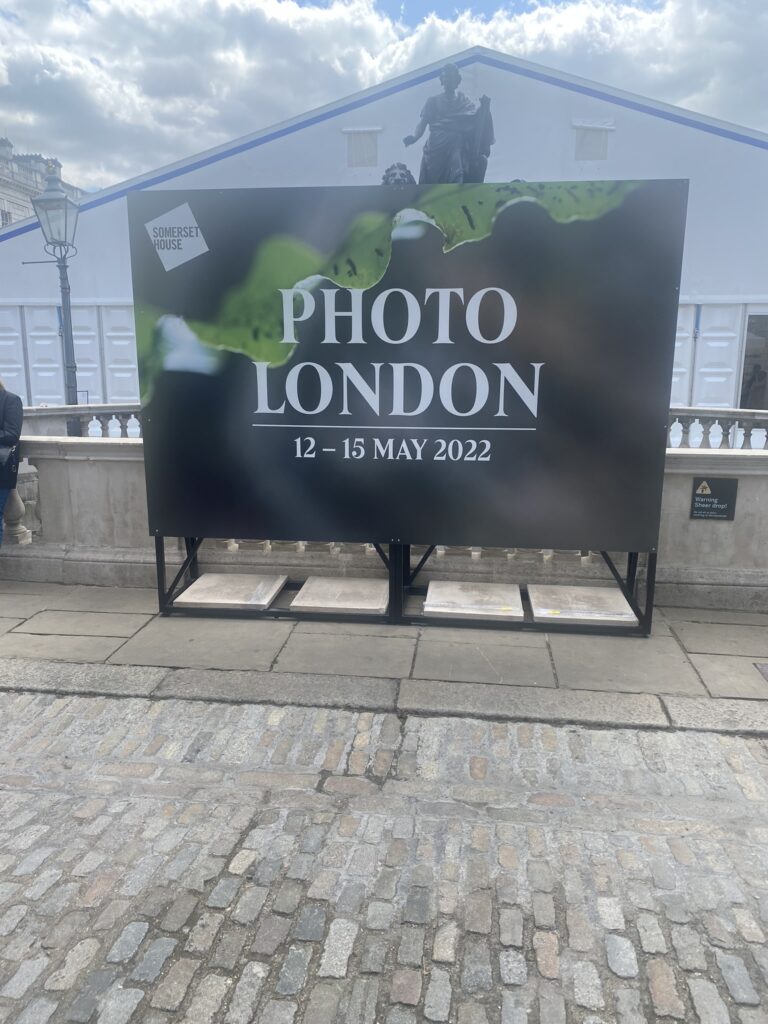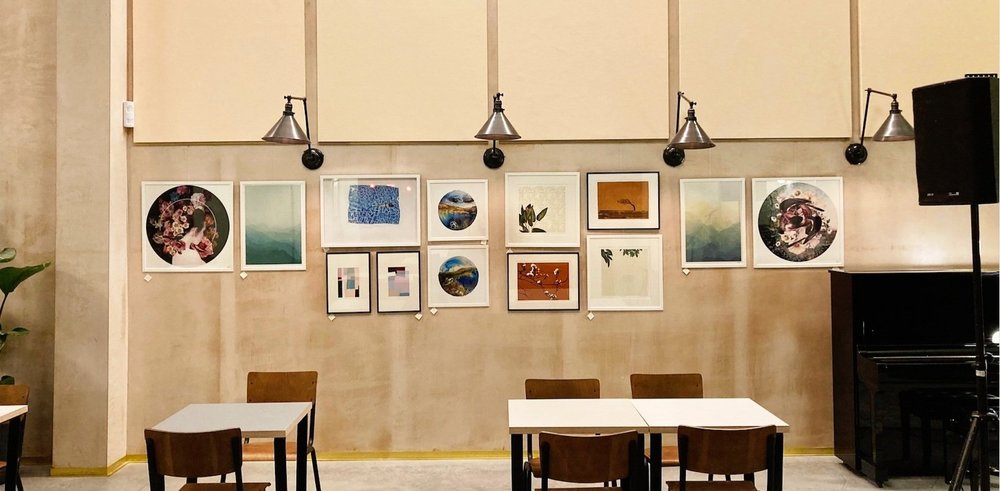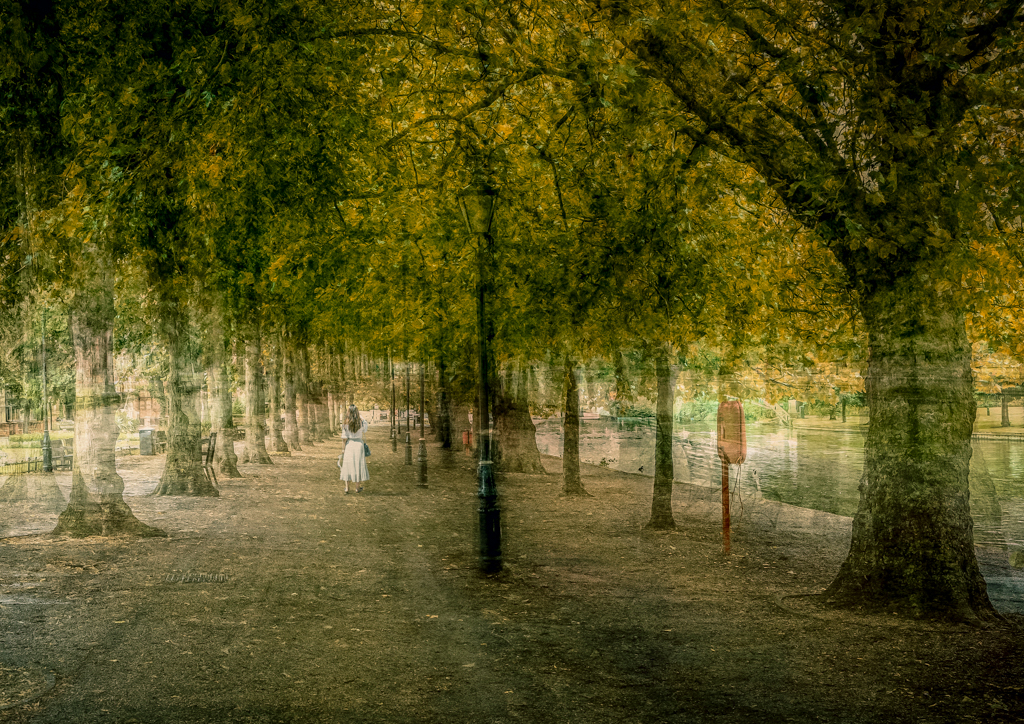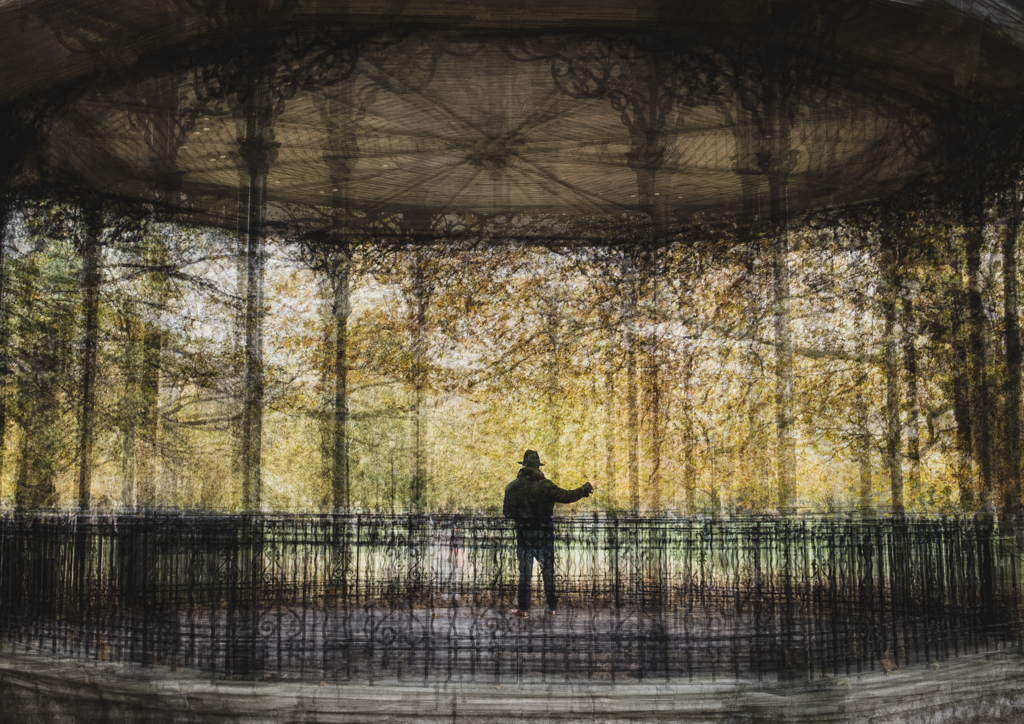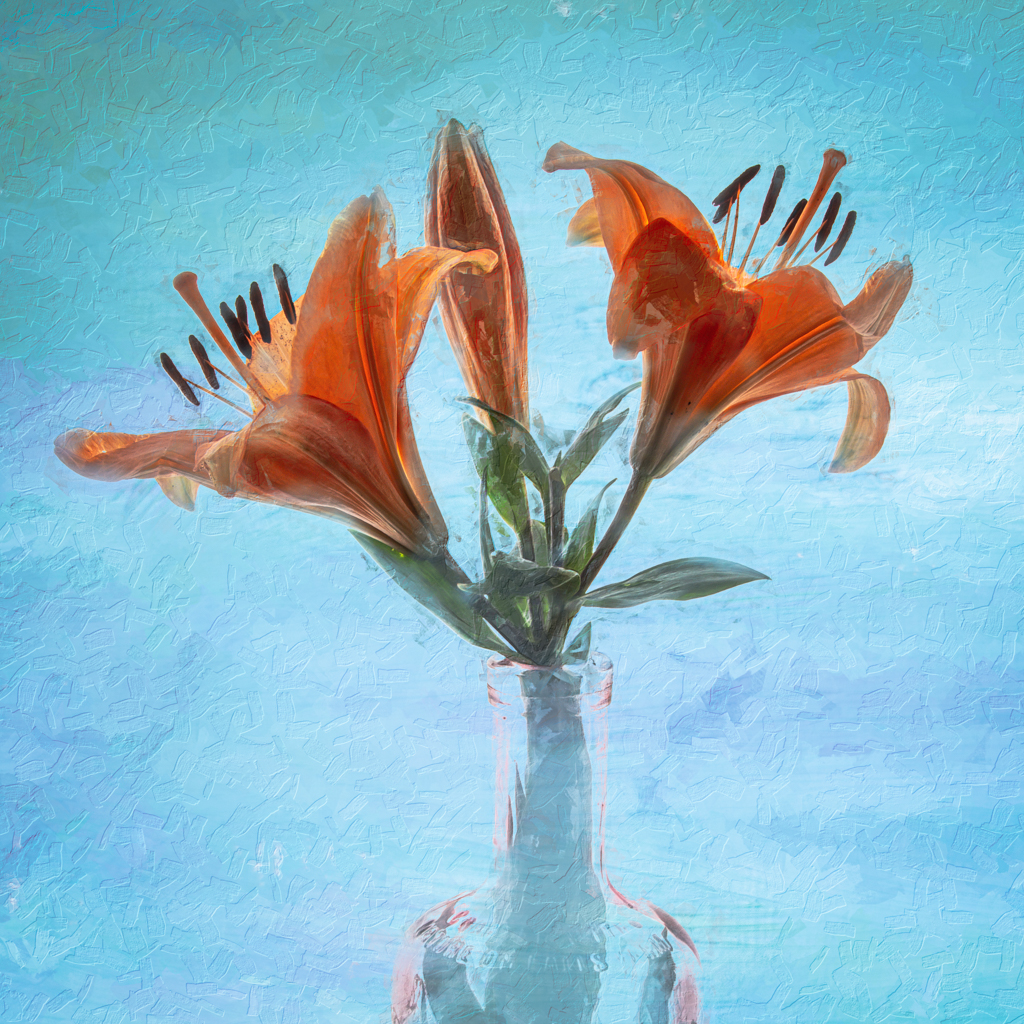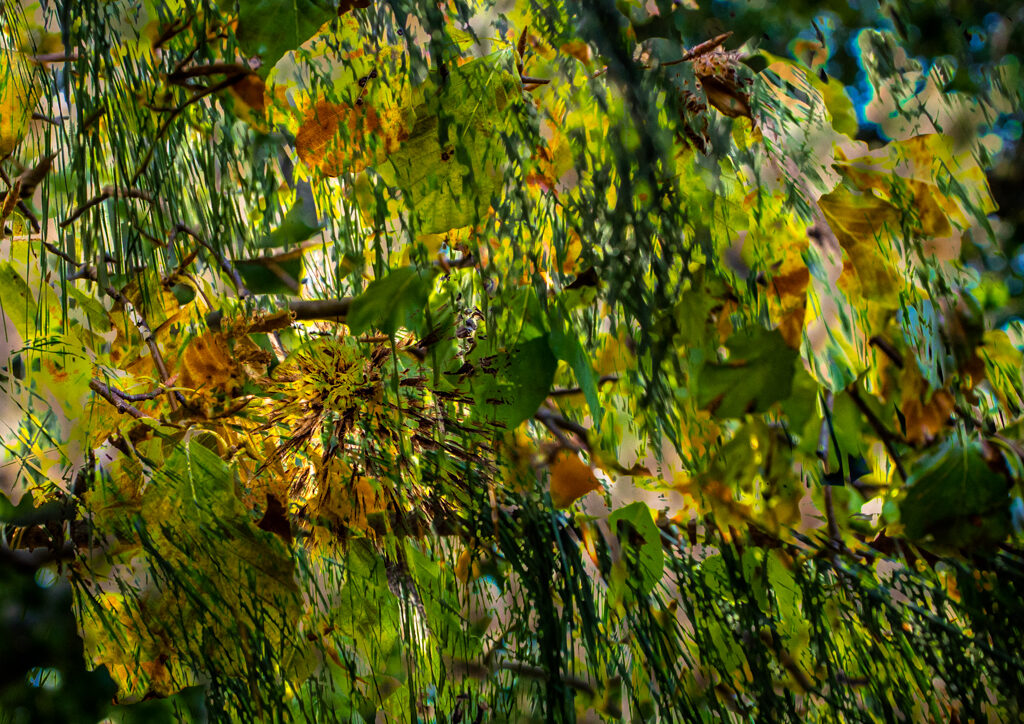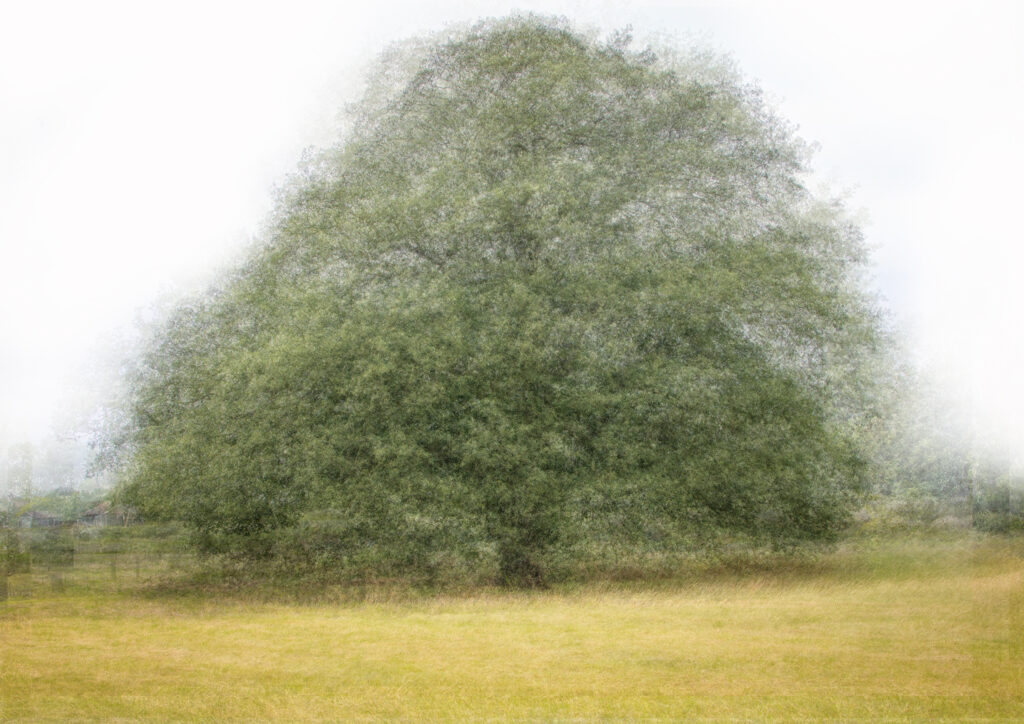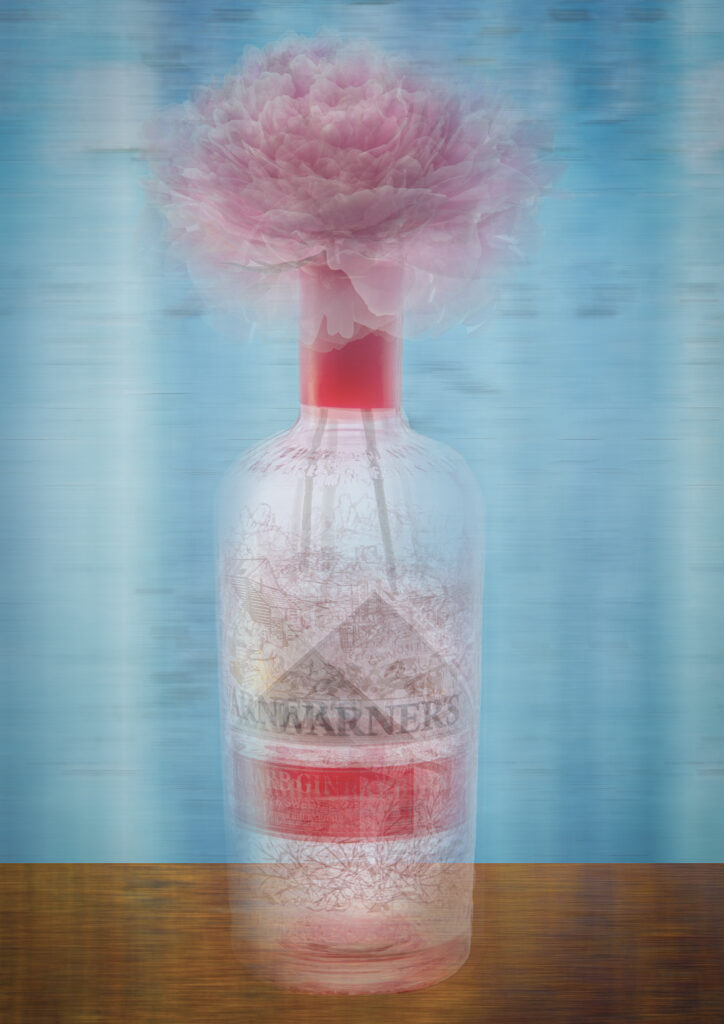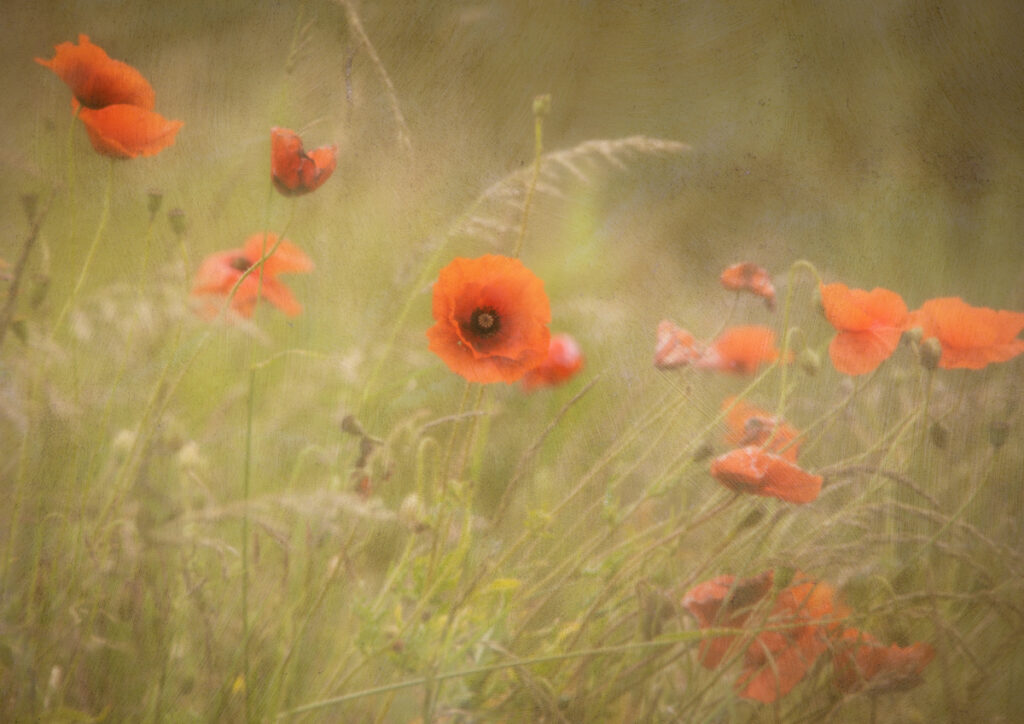
This year has to be about abstract photography and photo expressionism. The world is becoming too damaged to just capture images with clean lines and clear perspectives. I want to become engulfed in a liminal universe and draw inspiration from other visual artists working in the same space. One such photographer I admire is Roxanne Bouche Overton.
Photographing Liminal Space
Roxanne Bouche Overton is intrigued by the photography of liminal space and time.
A liminal space is a place between two other places or two states of being. Liminal spaces are often empty and can create unease or uncertainty.
Liminal photography can be used to capture the feeling of being in a dream or the feeling of being lost. It can also be used to capture the feeling of being in a place that is both familiar and unfamiliar.
All of my life I’ve been chasing what I see out of the corner of my eye; those elusive visions, slightly blurred and a bit magical. But when I turn and focus on them, they disappear into ordinary. I wanted to learn how to capture that state of blur. It’s what caught my eye in the first place – I think it’s worth chasing.
Roxanne Bouche OvertonWhen I am out shooting I am looking for those liminal spaces – the transitions between then and now – the transitions of between the blur of my peripheral vision as it moves to sharpness. We must be aware if we to engage our imaginations and collect these moments
ICM
Roxanne is a master of Intentional Camera Movement (ICM). Just to recap intentional camera movement (ICM) photography is a technique where you move the camera as the image is taken. This can be done by panning, tilting, or shaking the camera. The goal is to create an image with a sense of movement and blur.
Rozanne,s work however takes ICM to a different level, forget blurry ICM shots of tree trunks. Roxanne works with landscape and urban spaces, often including lone figures in vibrant surroundings.
Roxanne’s Photography
Learning from great photographers is one of the joys of photography. Why, when you see some images are you inspired enough to find out how and why the photographer captured that moment?
Especially when that moment is not representational, but more abstract and more about the emotion than the seeing. This is what has drawn me to the work of Roxanne Bouche Overton. Her photography has an eerie quality. Her ICM images are not what you have seen before, but what you might have seen, what you cannot quite remember seeing, what you thought you saw, or what you felt you saw but didn’t.
It is extraordinary how Roxanne’s work demonstrates how a camera can capture the elusive.
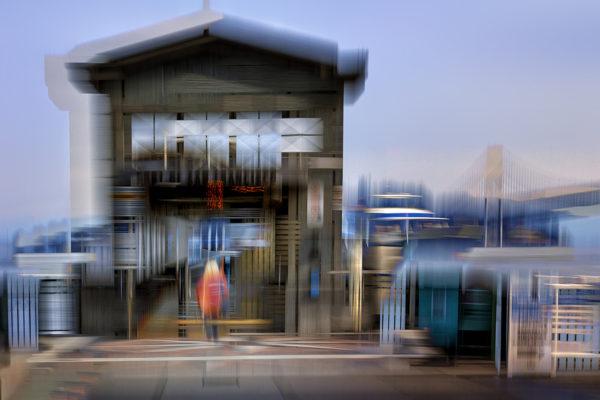
A Curation of Roxanne’s Work
I have curated some of her work here and there is so much more on her Instagram account.
Her website gives details of publications and workshops.
Her books are available on Amazon:
I have also found this clip which is interesting in giving an insight into her work and how she achieves her results
